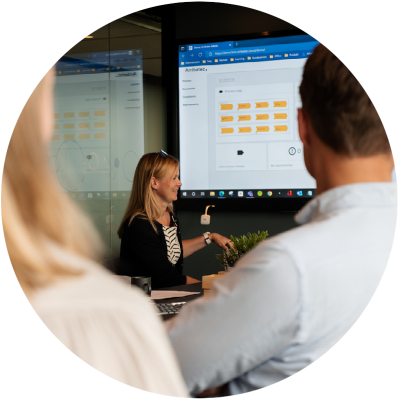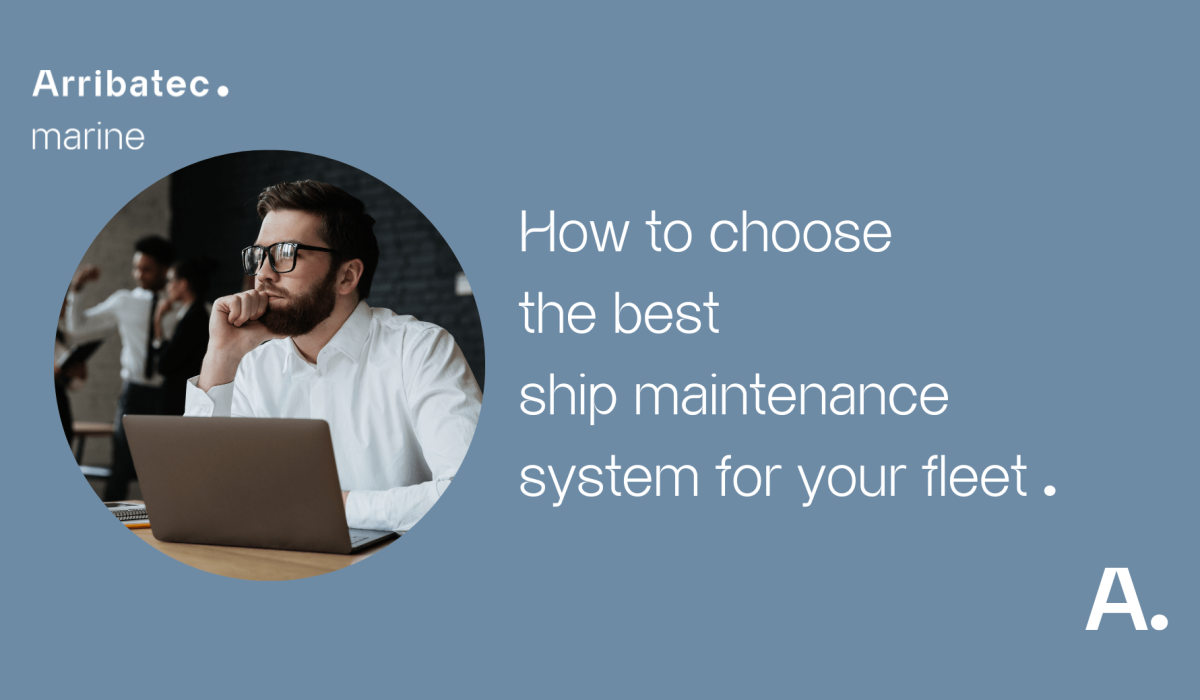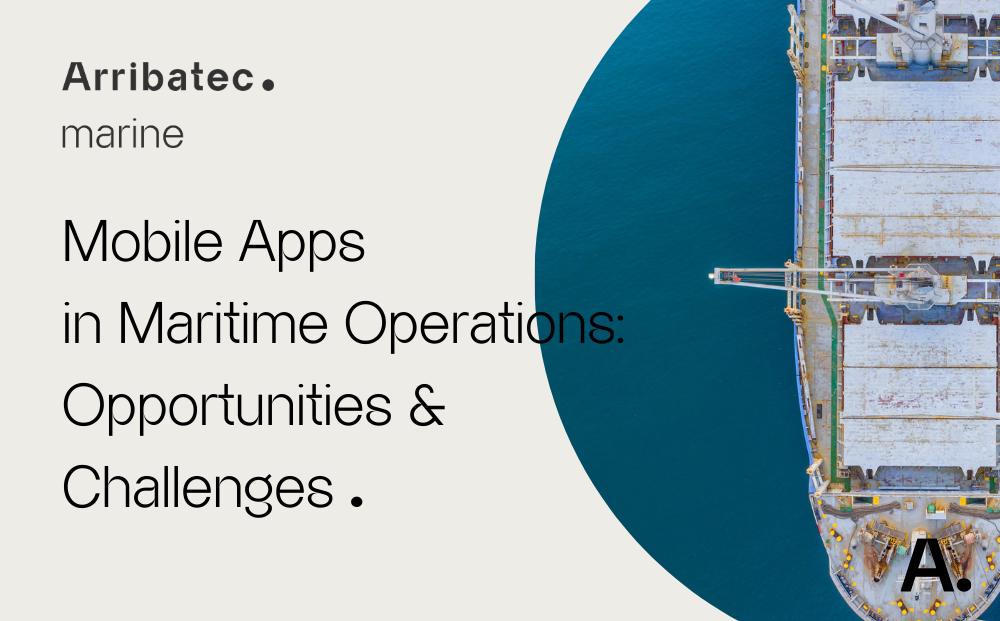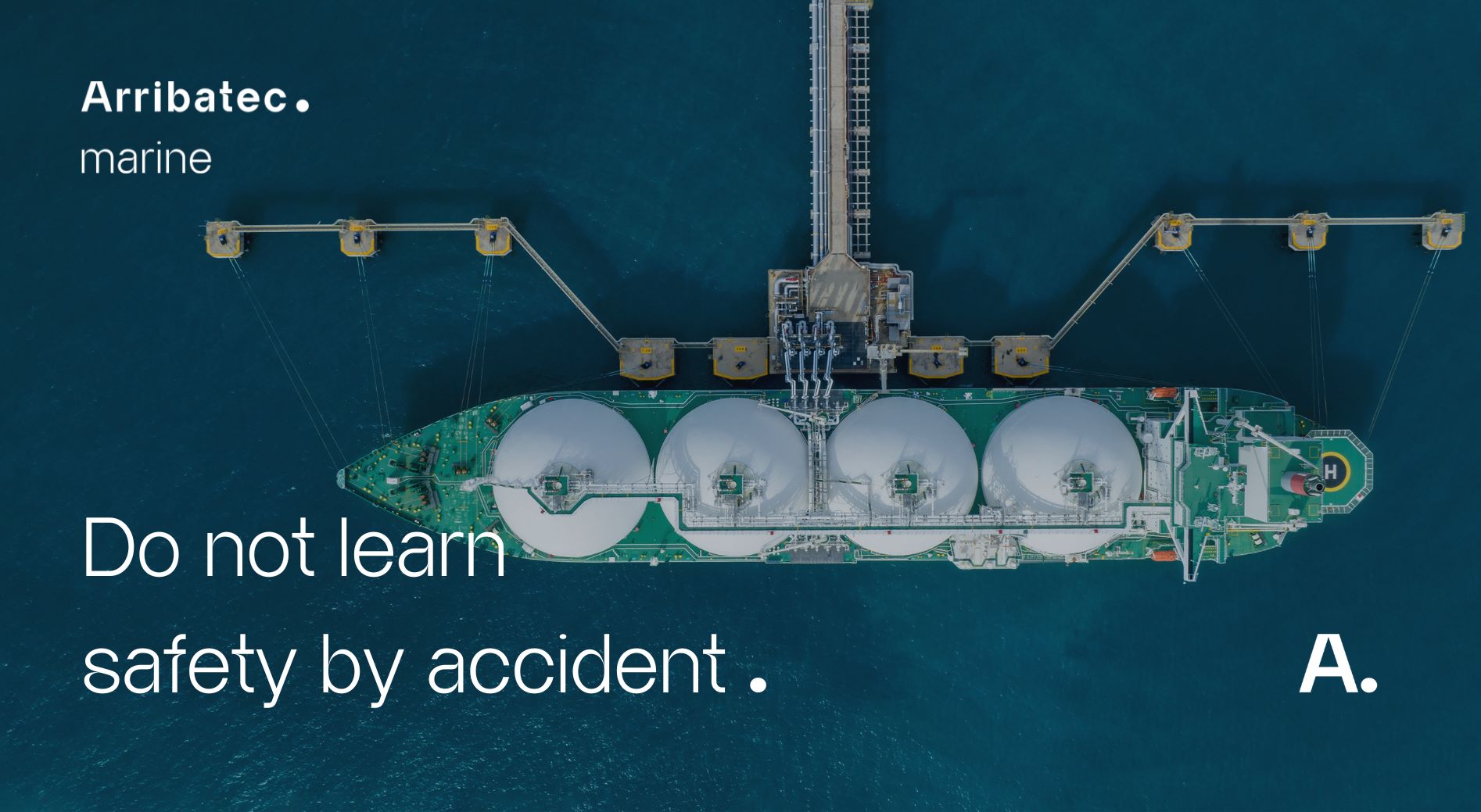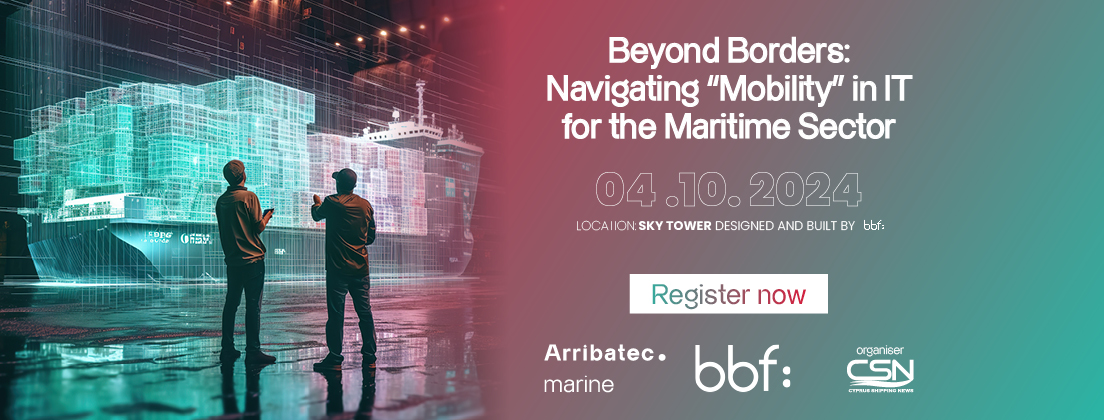Five steps to successfully choosing the best ship maintenance system for your fleet
Selecting the right ship maintenance system is a critical decision that can significantly impact the lifecycle of a maritime fleet. Given the myriad of suppliers and solutions available, balancing the company’s needs with the market’s offerings can turn into a long and complex evaluation, with the risk of losing sight of the real priorities.
To help you navigate this process and ensure that you make a decision that genuinely benefits your fleet, we’ve identified the five essential pillars that should guide your choice of a Ship Management system.
1. Comprehensive Asset management
Your vessels are the lifeblood of your operation, and managing them effectively requires a ship maintenance system with comprehensive asset management capabilities. Look for a ship maintenance system that provides real-time monitoring and reporting on the condition of each ship, its machinery, and critical systems. This includes:
- Planned Maintenance System (PMS): A robust PMS should support automated scheduling, tracking, and reporting of maintenance tasks to minimise downtime and extend the lifespan of your assets.
- Inventory Management: Ensure the system can track spare parts and supplies across your fleet, preventing stockouts and ensuring timely replenishment.
- Historical Data: The ability to store and analyse historical maintenance data allows for better decision-making and predictive maintenance strategies.
2. Regulatory compliance and Reporting
Compliance with international and local maritime regulations is non-negotiable, and your ship maintenance system should be an essential tool in ensuring that your ships are operated concerning these standards. While a PMS’s core function is maintenance, its ability to integrate with other modules, such as QHSE (Quality, Health, Safety, and Environment), can significantly enhance its value. Here’s what to consider:
- System updated to market needs: The system should always reflect changes in global regulations, such as those from the IMO, SOLAS, and MARPOL, ensuring your vessels are always managed accordingly.
- Documentation Management: A PMS should simplify the documentation process, ensuring all maintenance records are up-to-date and easily accessible during inspections.
- Audit Trails: Look for a system that offers detailed audit trails for all activities, providing transparency and accountability across your operations.
- Integration with other QHSE Modules: Consider whether the PMS can be connected with other operational modules, like QHSE, to manage maintenance and the safety and quality aspects of your ship operations. This integration allows for a more comprehensive approach to compliance and reporting, streamlining workflows and reducing the risk of oversight.
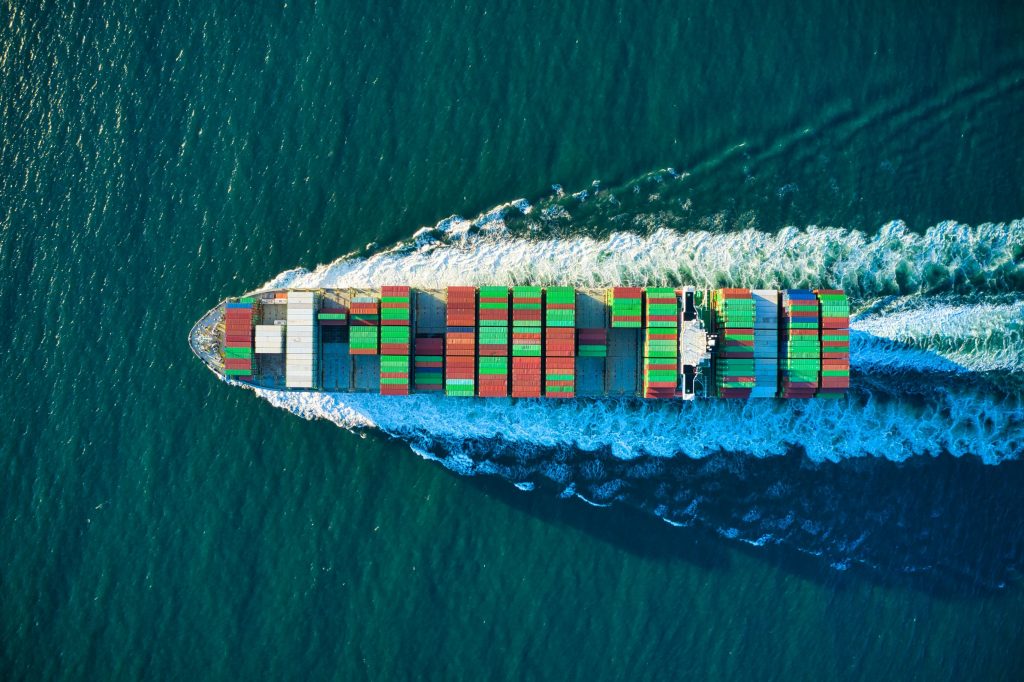
3. User-friendly Interface and accessibility
The effectiveness of any ship maintenance system is directly tied to its usability. Even the most powerful system is of little value if it’s too complex for your crew to use effectively. Key considerations include:
- Intuitive Design: Look for a PMS with a user-friendly interface that requires minimal training. This will allow your shore-based teams to adopt and utilise the system quickly.
- Mobile Accessibility: In today’s mobile world, your PMS should be accessible from various devices, enabling your crew to manage operations from anywhere at any time.
- Customizable Dashboards: A system that allows users to tailor their dashboards to fit their specific roles and needs will enhance productivity and focus.
4. Integration capabilities
Your ship maintenance system should not operate in isolation. Seamless integration with other systems is vital to creating a unified platform that supports all aspects of your operations. Consider:
- ERP and Financial Systems Integration: Ensure your PMS can integrate with your existing ERP and financial systems to provide a complete picture of operational and financial performance.
- Data Sharing Across Departments: The system should facilitate the sharing of information between departments such as procurement, logistics, and safety management, eliminating data silos.
- Third-Party APIs: A PMS with strong API capabilities can easily integrate with other maritime applications, such as weather routing, fuel management, and performance monitoring tools.
5. Scalability and future-proofing
Your PMS needs to keep pace as your fleet grows or regulations evolve. Scalability and future-proofing are critical to ensuring your system remains relevant and effective over the long term. Evaluate:
- Modular Architecture: A system with a modular architecture allows you to add or remove functionalities as needed without overhauling the entire system.
- Vendor Support and Updates: Choose a provider with a strong track record of ongoing support, regular updates, and developing new features in response to industry trends.
- Scalability: Ensure that the system can handle the expansion of your fleet, whether you’re adding new types of vessels or increasing the number of ships under management.
In a fast-evolving industry, making the right choice today will ensure the longevity and competitiveness of your fleet tomorrow. Contact us for personalised advice and discover how our solutions can align with these key pillars to drive your maritime operations forward.
